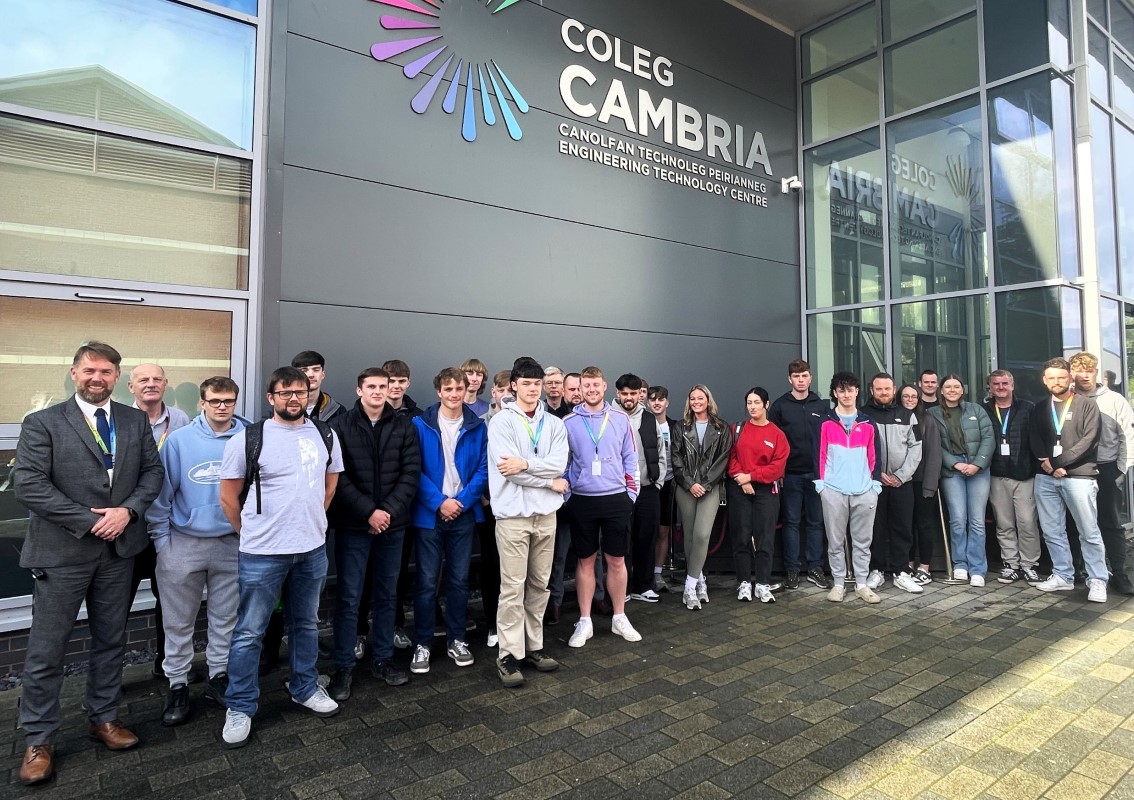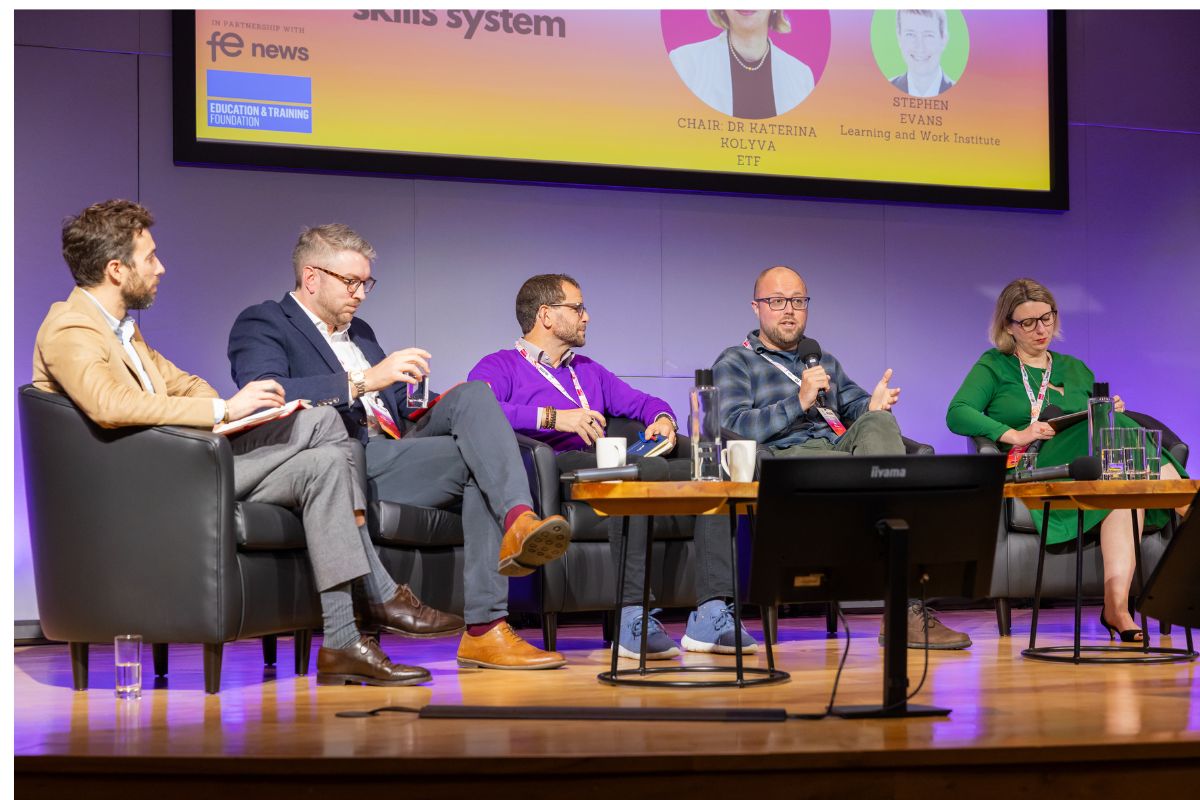Why digital literacy is the key to integrating over-50s back into the workforce

As the Spring Budget announced measures to encourage over 50s back into the workplace, Andrew Watson, Chief Technology Officer at MHR, explores how workplaces could offer digital literacy training to bridge the gap between generations for employees. What strategies can be used to train and onboard digitally-literate workers, and how can employers deliver digital transformation that works for all ages?
Growing the UK’s labour force was front and centre of Jeremy Hunt’s Spring Budget, as the Chancellor announced several new measures to encourage over-50s back to work. These included expanding the ‘mid-life MOTs’ scheme to provide skills and financial assessments, and reforming the pension tax system in a bid to entice some of the 3.6m Britons of pre-retirement age back to the workplace. The Chancellor also recognised the need for skills and flexibility training for these returnees, with the announcement of ‘returnerships’ – an apprenticeship scheme targeted at over-50s.
However, many early retirees considering a return to work may find a lack of digital literacy poses a barrier to employment, and they may struggle to meet requirements set out by recruiters – particularly if the nature of their chosen field has evolved in recent years.
Employers can demonstrate their commitment to closing the digital skills gap by investing in the learning and development of existing employees who are nearing retirement age. Offering this support will not only improve retention, but will be a great advert to prospective employees, especially those individuals coming out of retirement in search of a place of work.
Why does the digital skills gap exist?
Three years on from the first lockdown, it is clear that the pandemic has accelerated the digital transformation of both internal and external business processes. With colleagues unable to work face-to-face, the use of instant messaging, scheduling platforms and video chat has become ubiquitous in post-pandemic workplaces. Likewise, external, customer-facing processes have become increasingly digitalised as consumers expect instant services at their fingertips and turn towards online channels.
As a result, many rejoiners in a variety of industries may find that their job now includes a focus around SEO or data analytics that wasn’t present previously. Since 300,000 of the UK’s economically inactive 50-64s left the labour force during Covid, it’s likely that they may be underprepared to dive back into an online workplace, or feel isolated by the changing nature of their previous role, without adequate digital literacy training to ease the transition.
Why is it so important to close the digital skills gap?
It’s never been more important for our businesses to be digitally literate, particularly as research shows that digitally mature organisations often outperform lower maturity ones on key financial metrics. Although delivering digital transformation remains a key priority for Chief Technology Officers, an absence of technology fluency will create digital inequality between employees of differing ages and abilities, and poses a barrier to older employees rejoining the workplace. As a result, leadership teams should expect to invest more in providing adequate digital training in vital skills and software over the coming years.
Furthermore, while the onset of new technology and terminology around vital work software may initially prove daunting for older rejoiners, such platforms can in fact provide flexibility. If employers show they offer training on digital skills from the onset of the onboarding process, the shift online can actually be an incentive for early-retirees to rejoin the workforce.
So how can employers create a digitally literate workforce, regardless of age, and how can they deliver digital transformation in a way that doesn’t exclude employees?
Learning and development does not need to be restricted to schools and universities, but must also be a central pillar of the workplace, and employers should seek solutions to integrate digital literacy training from the onset. Although it may seem counterintuitive to utilise complex technologies to deliver digital literacy training, AI and other integrated features can, in fact, streamline the process, providing ultra-targeted content and providing employers with clearer visibility over learning activities and progress.
MHR’s Learning Management System, for example, uses AI to tag, search and analyse a company’s content library, isolating materials that are most relevant to individual users in order to create and manage personalised learning journeys.
Yet delivering digital transformation that truly works for employees of all ages and experience goes beyond training and needs to have user accessibility at its core. Chief Technology Officers should look to design and implement flexible and integrated platforms to underpin workflows, that will prove intuitive-to-use and easy-to-integrate with external and internal systems. Therefore, building in a ‘people focused’ approach is recommended, which champions bringing together data, systems and teams in a user-friendly way to achieve seamless, streamlined work processes.
To implement this in practice, leaders should seek to articulate skills gaps quickly, and address them through a learning management system or recruitment process. Ultimately, this will allow employers to nurture and develop talent, and provide them with the online tools to feel valued and empowered to do their jobs efficiently in an increasingly digital world.
By Andrew Watson, Chief Technology Officer at MHR











Responses